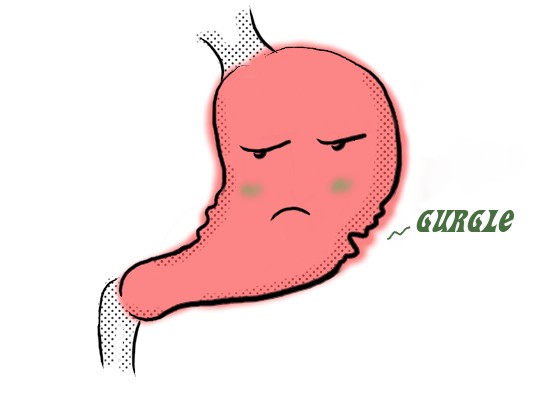Gastroesophageal reflux disease (GERD) is an extremely common disease that is seen on the wards on Internal Medicine. Let's discuss how it presents and how its treated.

Symptoms:
3 Most common symptoms:
- Heartburn
- Reflux
- Dysphagia
Other common symptoms:
- Bronchospasm
- Laryngitis
- Chronic cough
Less Common
- Chest pain - May mimic angina pectoris, and is typically described as squeezing or burning, located substernally and radiating to the back, neck, jaw, or arms, lasting anywhere from minutes to hours, and resolving either spontaneously or with antacids. It usually occurs after meals, awakens patients from sleep, and may be exacerbated by emotional stress
- Hypersalivation
- Globus sensation
- Odynophagia
- Nausea
Pearl: GERD is purely a clinical diagnosis, defined as having the above symptoms causing troublesome symptoms and/or complications.

Approach to Therapy
Non-pharmacological
There are only two lifestyle modifications that improve symptoms:
- Weight loss
- Elevate head of bed
- Don’t ask patients to change their diet - except to avoid known dietary triggers specific to the patient.
Mild Disease:
- In patients with mild and intermittent (less than two episodes per week) symptoms:
- Low dose histamine 2 receptor antagonists (H2RAs).
- If continued symptoms, increase the dose of H2RAs to standard dose, twice daily for a minimum of two weeks.
- If symptoms persist, discontinue H2RAs and initiate low dose PPI once daily and then increase to standard doses as needed
- Reassess dosing Q2-4 weeks
- Minimum length of therapy is 8 weeks
Moderate to Severe Disease (symptoms >x2/week, including erosive esophagitis):
- Standard dose PPI once daily
- If failed, double dose and refer to GI. Definition of 'failure' is controversial. Note that the most common reason for failure is poor compliance - first address this issue before doubling the dose of the PPI.
- If symptoms resolve, try trial off of treatment except those with severe esophagitis or Barrett's
- If failed off of therapy in less than 3 months, need lifetime therapy
- If fail later on, can try repeated on/off courses
When should upper endoscopy be done?
- Alarm features: Dysphagia, odynophagia, gastrointestinal bleeding, anemia, weight loss, and recurrent vomiting
- GERD symptoms after adequate 4-8 week trial of PPI
- Any of the following features:
- > 50 year old man
- Chronic GERD x 5 years
- Nocturnal reflux symptoms
- Hiatal hernia
- Elevated BMI
- Smoker
Role of pH monitoring and manometry testing
Ambulatory pH monitoring: Confirm GERD in those with persistent symptoms who do not have evidence for mucosal damage on endoscopy, particularly if a trial of twice daily PPI has failed.
Esophageal manometry: Assess for motility issues like achalasia, the symptoms of which can mimic GERD. Suspect this with dysphagia and vomiting.


